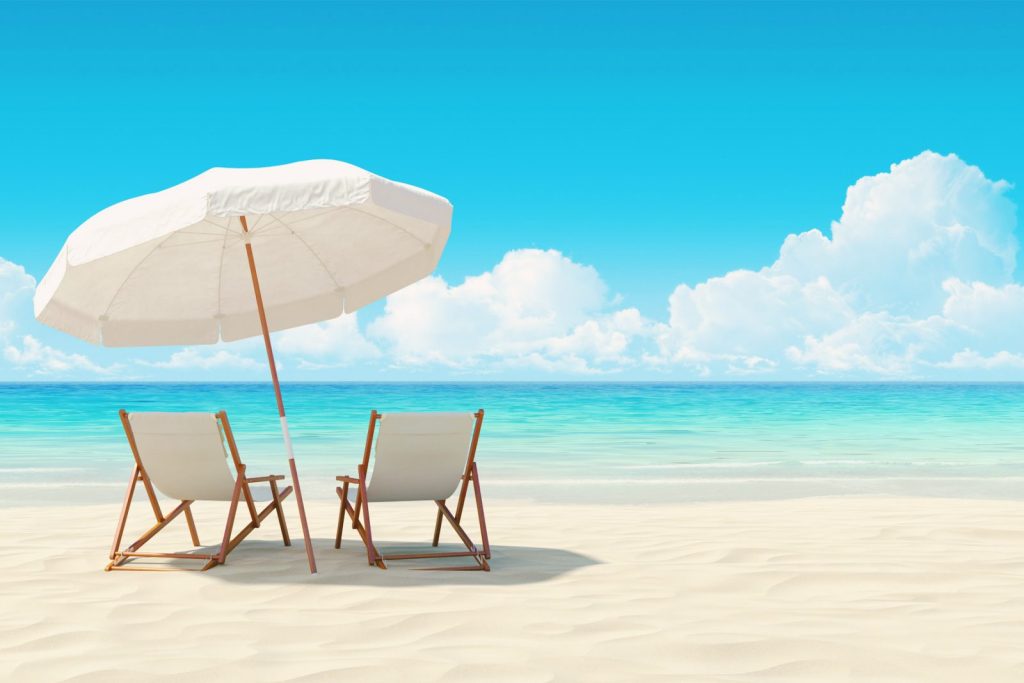Augmented reality check: How AR will change the tourism industry
We can appreciate that some tourism marketers are hesitant to fully embrace augmented reality. It has the power to change the industry as we know it. And while we don’t buy into the most seemingly farfetched fears that we might end up in a Matrix-like world in which humans experience their world from behind a …
Augmented reality check: How AR will change the tourism industry Read More »










